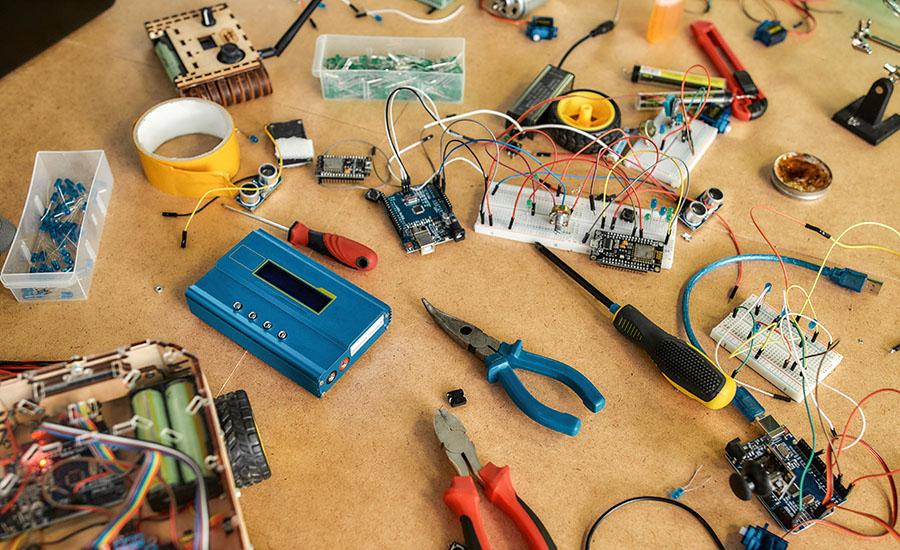
Exploring Lunar Landscapes with Rover
In the lesson plan, students will embark on an exciting engineering challenge as they construct and program their own robot rovers to strategize a mission to the Moon. Throughout the lesson, students will utilize the Engineering Design Process, engage in hands-on activities, and explore size and scale factors of their rovers to enhance their understanding of lunar exploration.
The lesson begins with an introduction to the mission: students will imagine themselves as engineers working for a space agency tasked with designing and building a robot rover capable of navigating the lunar surface. They will be guided through the Engineering Design Process, which includes defining the problem, brainstorming ideas, designing and building prototypes, testing and evaluating, and making improvements.
Students will work in teams to construct their robot rovers using VEX IQ robotics kit. They will consider important factors such as mobility, stability, and functionality in the lunar environment. With the guidance of the instructor, they will learn basic programming skills to control their rovers' movements and perform specific tasks.
After constructing the rovers, students will create a test bed representing the lunar surface. They will carefully consider size and scale factors to ensure the accuracy of their models. By comparing their rovers and test beds with the real-life lunar rover VIPER and the lunar surface, students will gain a deeper understanding of the challenges and requirements of lunar exploration.
Throughout the lesson, students will engage in hands-on activities, experimentation, and critical thinking. They will have opportunities to test and adjust their rover designs, make improvements, and troubleshoot any issues that arise. This process will foster problem-solving skills, collaboration, and creativity.
To conclude the lesson, students will showcase their rovers and test beds to their peers, explaining their design choices and the strategies they employed for their simulated lunar mission. They will reflect on the engineering and programming challenges they faced and discuss the importance of size and scale considerations in lunar exploration.
Lesson Plan Link/URL
https://docs.google.com/presentation/d/1CmHzjiGUCQZxEws3KBEvflSsOED6adr7/edit?u…Subject Area
Science Earth and Space Science E2: Earth & the Universe Technology 4. Innovative Designer Engineering S2: Apply the Engineering Design Process Mathematics Ratio and Proportion (RP)Related Content

This lesson is modeled after STEMAzing's lesson, "Picture Perfect Rover Cell Phone Holder”. Students will build a cell phone holder for their Edison Bot, plan a drive for the Bot to collect photos or

When Res lands on Mars she will encounter various terrain that she must navigate successfully. Can you create wheels that will help navigate her through the terrain? This is part one of a four part

Engineers often create small-size models of a new product to test its design. This is especially true with airplanes. Model testing tells engineers how a design responds to different air conditions

